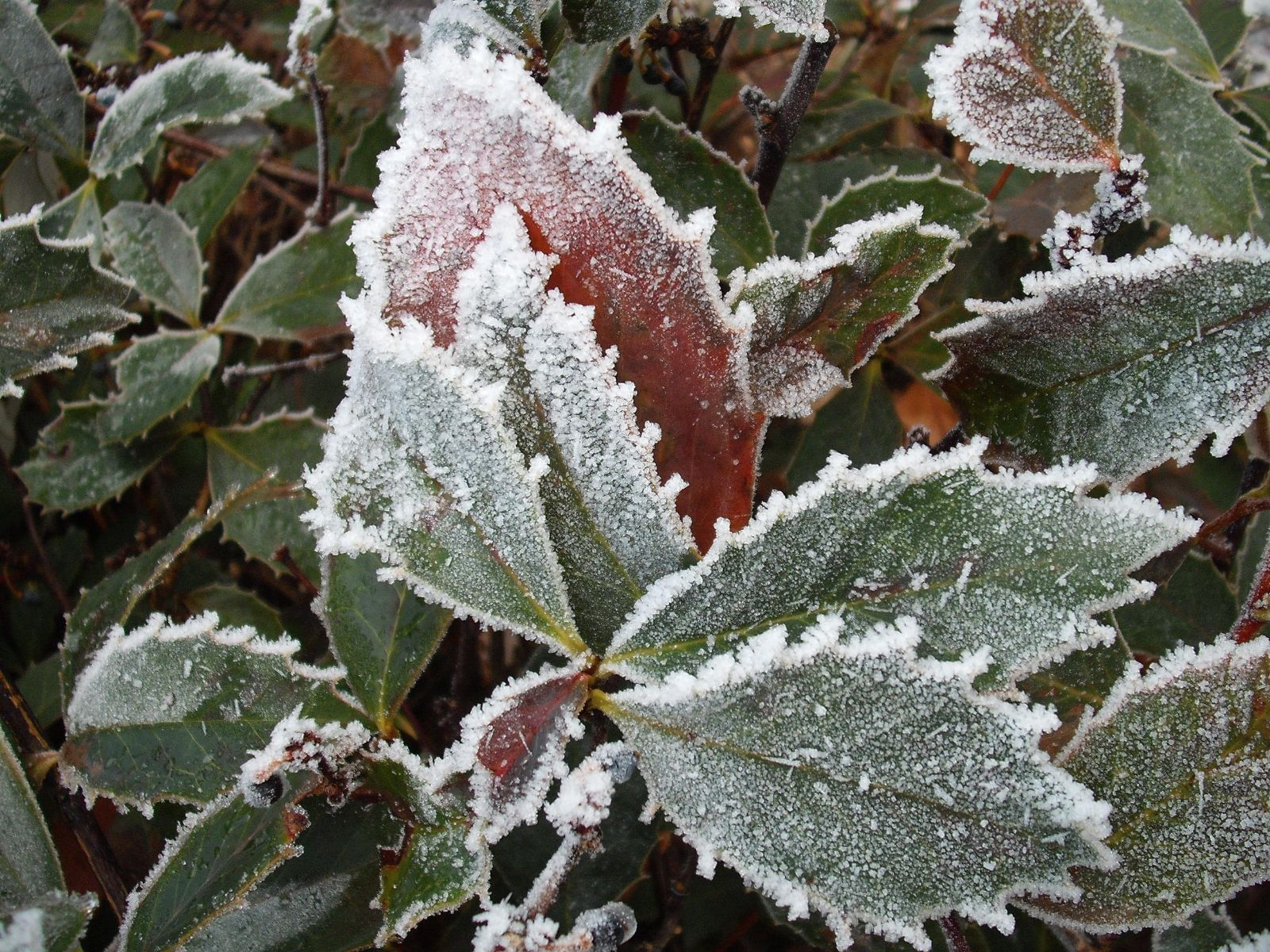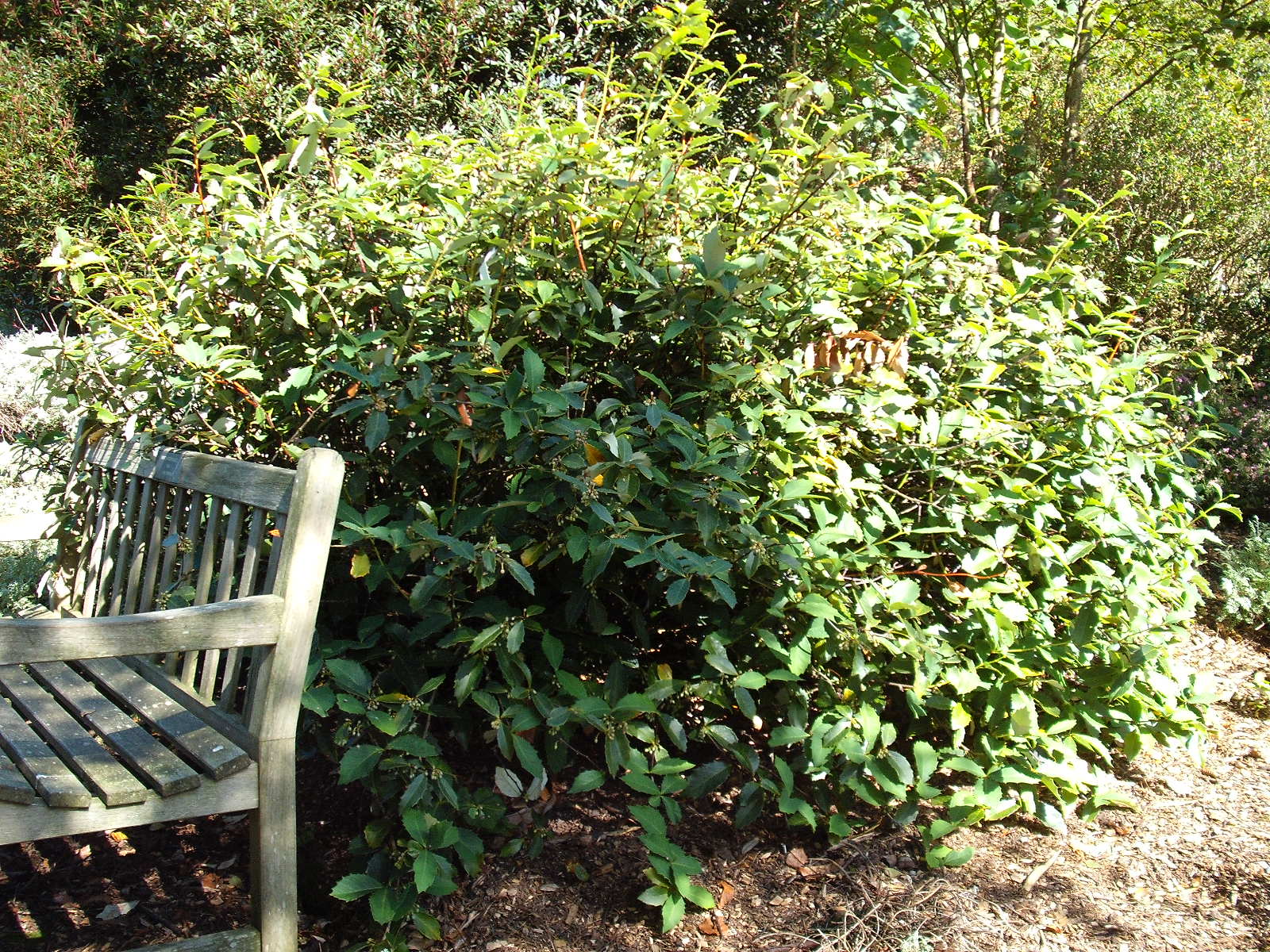Berberis hypokerina
Credits
Article from Bean's Trees and Shrubs Hardy in the British Isles
Recommended citation
'Berberis hypokerina' from the website Trees and Shrubs Online (treesandshrubsonline.
Genus
Other taxa in genus
- Berberis actinacantha
- Berberis aetnensis
- Berberis aggregata
- Berberis angulosa
- Berberis aristata
- Berberis asiatica
- Berberis atrocarpa
- Berberis beaniana
- Berberis bergmanniae
- Berberis buxifolia
- Berberis calliantha
- Berberis canadensis
- Berberis candidula
- Berberis × carminea
- Berberis chillanensis
- Berberis chrysosphaera
- Berberis comberi
- Berberis concinna
- Berberis coxii
- Berberis cretica
- Berberis darwinii
- Berberis dasystachya
- Berberis diaphana
- Berberis dictyoneura
- Berberis dictyophylla
- Berberis empetrifolia
- Berberis fendleri
- Berberis francisci-ferdinandii
- Berberis gagnepainii
- Berberis glaucocarpa
- Berberis gyalaica
- Berberis hakeoides
- Berberis heterophylla
- Berberis heteropoda
- Berberis hispanica
- Berberis hookeri
- Berberis ilicifolia
- Berberis incrassata
- Berberis insignis
- Berberis jamesiana
- Berberis johannis
- Berberis julianae
- Berberis kawakamii
- Berberis koreana
- Berberis lecomtei
- Berberis lepidifolia
- Berberis linearifolia
- Berberis lycioides
- Berberis lycium
- Berberis manipurana
- Berberis mitifolia
- Berberis montana
- Berberis morrisonensis
- Berberis mucrifolia
- Berberis orthobotrys
- Berberis poiretii
- Berberis prattii
- Berberis pruinosa
- Berberis replicata
- Berberis × rubrostilla
- Berberis sanguinea
- Berberis sargentiana
- Berberis sibirica
- Berberis sieboldii
- Berberis silva-taroucana
- Berberis soulieana
- Berberis × stenophylla
- Berberis sublevis
- Berberis temolaica
- Berberis thunbergii
- Berberis tischleri
- Berberis triacanthophora
- Berberis tsarongensis
- Berberis umbellata
- Berberis valdiviana
- Berberis veitchii
- Berberis vernae
- Berberis verruculosa
- Berberis virescens
- Berberis vulgaris
- Berberis wardii
- Berberis wilsoniae
- Berberis yunnanensis
- Berberis zabeliana
A glabrous, evergreen shrub, often 2 to 4 ft high and of stiff habit, but sometimes up to 8 ft. Leaves oblong-oval, up to 6 in. long and 21⁄2 in. wide, very stiff and leathery, the margins formidably set with triangular spines up to 3⁄8 in. long, dark green above, brilliantly silvery-white beneath. Flowers pale yellow, 3⁄8 in. across, up to fifteen crowded in stalkless axillary clusters; individual stalks 1⁄2 to 3⁄4 in. long. Fruit blue-purple, of the ordinary elliptical barberry shape, 3⁄8 in. long, pendent below the branches on their short stalks.
Native of Upper Burma, discovered and introduced by Kingdon Ward in 1926, and given an Award of Merit in June 1932. Its foliage is most striking, especially in size and in the vividly white under-surface. In a wild state it is said to grow best in shade along with rhododendrons, vacciniums, etc. It belongs to the Wallichianae section of the genus and got its Award as “B. hookeri glauca”. Kingdon Ward, who describes it as a ‘splendid shrub’, found it at altitudes of 9,000 to 10,000 ft. Unfortunately, it has proved to be a sparsely branched shrub, of ungainly habit.
From the Supplement (Vol. V)
The description of this species lacks an essential characteristic: the stems are without spines, the place of which is taken by normal leaves, as usually in B. insignis and B. incrassata.










